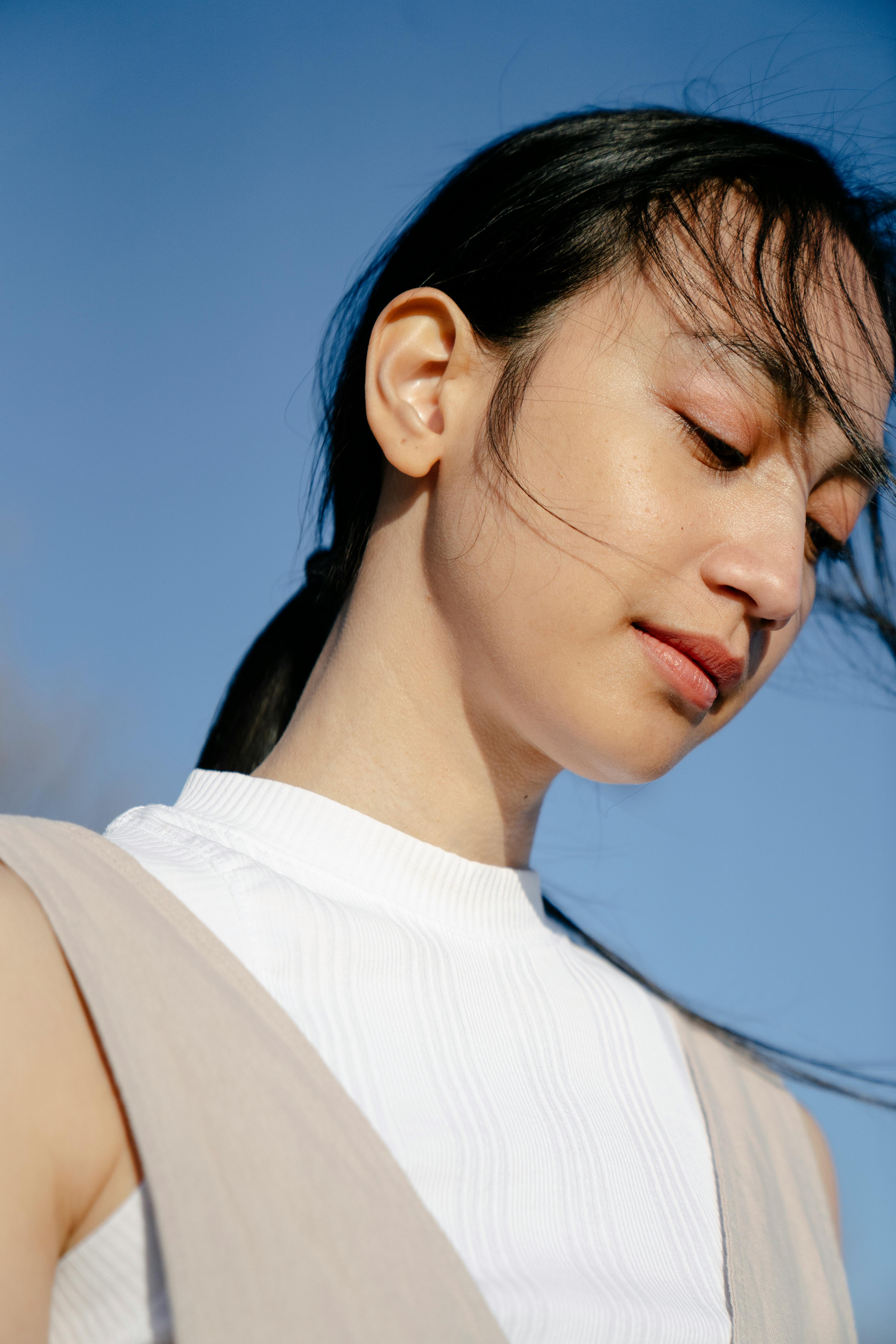From pre-colonial indigenous festivals to Catholic, Chinese https://www.merriam-webster.com/words-at-play/beautiful-useless-obscure-words, and Muslim beliefs, Philippine wedding traditions is a lovely fusion of local and foreign influences. However, despite having a variety of provenance, love and commitment are the central themes in all Filipino ceremony ceremonies.
A traditional Filipino wedding, such as the pamanhikan, in which the groom’s family pays the bride a visit to fully ask for her hand in marriage, was an extravaganza of folk rituals lengthy before Spain colonized the Philippines. A babaylan do thank the couple on the first day while holding their joined arms over a plate of grain. The handful then went back to their arbor and enjoyed a delicious meal there until the next day.
The majority of individuals in the Philippines nevertheless adhere to pamanhikan customs immediately, but they do so with a more contemporary flair. To the babaylan’s home, the bride and groom may be led on independent processions while frequently carrying food or plants as presents. The pair may finally kiss and hug each other as the babaylan will pray over the grain dish.
The brides will normally receive a kalamay rain( a tray of sticky grain cakes) from their visitors during the reception. The wheat serves as a reminder of their commitment to remain united throughout their marriage. Additionally, it serves as a way for them to express their gratitude to their friends and family for their assistance and attendance at the ceremony.
The newlyweds will then dance during the money dance, also known as” the dollar christian filipina review dance.” The bride and groom’s friends and family gather in sherengas during this time to dance with them while having payments taped or pinched onto their apparel. The sum of cash raised represents their gifts and well wishes for the honeymooners.
